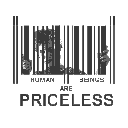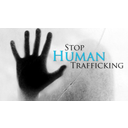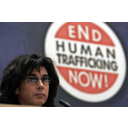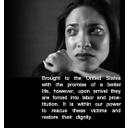Actividades para Inglés
Reading
Reading
The Convention was adopted by the Committee of Ministers of the Council of Europe on 3 May 2005, following a series of other initiatives by the Council of Europe in the field of combating trafficking in human beings. The Convention entered into force on 1 February 2008. It is a legally binding instrument which builds on already existing international instruments. At the same time, the Convention goes beyond the minimum standards agreed upon in other international instruments and aims at strengthening the protection afforded by them.
The main added value of the Convention is its human rights perspective and focus on victim protection. The Convention clearly defines trafficking as being first and foremost a violation of human rights and an offence to the dignity and integrity of the human being; greater protection is therefore needed for all of its victims. The Convention also has a comprehensive scope of application, encompassing all forms of trafficking (whether national or transnational, linked or not linked to organised crime) and taking in all persons who are victims of trafficking (women, men or children). The forms of exploitation covered by the Convention are, at a minimum, sexual exploitation, forced labour or services, slavery or practices similar to slavery, servitude and the removal of organs.
As trafficking in human beings is a world-wide phenomenon, one of the express purposes of the Convention is to promote international co-operation in the efforts to combat trafficking. In this context, it is noteworthy that the Convention is not restricted to Council of Europe member states; non-member states and the European Union also have the possibility of becoming Parties.
G R E T A Group of Experts on Action against Trafficking in Human Beings
GRETA (2012)17
Report concerning the implementation of the Council of Europe Convention on Action against Trafficking in Human Beings by Portugal
Reading
Read about the news in human trafficking in the European Union:
Video
Watch the video where the European Union explains what is trafficking in human beings and tells us how this institution fights against it: http://ec.europa.eu/anti-trafficking/Citizens%27+corner/Videos/?§ionType=LIST_ENTITIES_SQUARE_IMAGES
Do you understand it?



